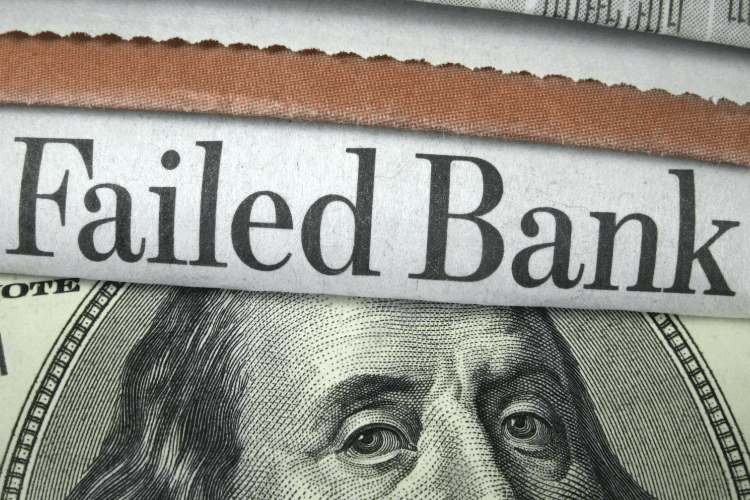What Is the Gold Standard, and Is the U.S. Still on It?

Gold has been valued as a prized possession since ancient times, when civilizations used the yellow metal to fund their wars, trade with neighbors, and store their wealth. Since it was tangible, portable, and inherently valuable, it was the perfect form of currency. This explains why the European discovery of the Americas and their gold mines in the 15th century initiated a wild and feverous rush through the unplundered lands.
However, as countries and economies spread and grew more complex, gold alone could not suffice as a method of currency. England introduced the use of paper money in the 16th century – infinitely more transportable than pieces or bars of metal. But, since people were naturally suspicious of this newfangled currency, paper money had to be backed by something that had “real” value. That something was gold, and so the gold standard came into being.
In its simplest terms, the gold standard links the value of a country’s currency to a specific amount of the yellow metal. Under it, national money, bank deposits, and other forms of money can be converted into gold at the agreed-upon, fixed price. In other words, gold guarantees the value of the money.
England informally adopted the gold standard in 1717 and made it official in 1819. For much of its history, the United States used a bimetallic standard, backing its currency with both gold and silver, but switched formally to the yellow stuff in 1900 when Congress passed the Gold Standard Act.
With the U.S. and England leading the way, other countries started adhering to the gold standard toward the end of the 19th century. Governments stockpiled gold to ensure trade imbalances and conflicts could be properly addressed, and some of those gold stocks still exist today.
Pros of the Gold Standard
The gold standard gained so much popularity in the 18th and 19th centuries because it managed the issuance of money in an objective and clear-cut way. The limited quantity of gold created a limit to how much money could be issued, thereby avoiding the risks of inflation.
By the early 1900s, most developed nations participated in the gold standard. In the words of President Herbert Hoover in 1933, “We have gold because we cannot trust governments”. Proponents of the system point out that gold prevents inflation and limits government deficit spending.
Cons of the Gold Standard and Why the U.S Is No Longer On It
Despite its ability to curb inflation, the gold standard can’t prevent deflation or economic instability. Although it helped fuel economic growth and free trade before World War I, the gold standard took its toll.
The wartime shifts of political alliances and international debt demonstrated that the gold standard couldn’t adapt to bad times as efficiently as it supported good times. Countries put the standard on hold during the war, which only decreased confidence in the system. After the U.S. stock market crashed in 1929, triggering collapses around the world, national economies were in complete turmoil.
The United States was one of the few large governments with the standard still in place; the price had remained fixed at $20.67/oz. since 1834. In 1933, it revalued gold from $20.67/oz to $35.00/oz. This increased the amount of paper money it took to buy one ounce of gold – one of the many ways President Franklin Roosevelt attempted to boost the injured U.S economy.
Though the U.S. had 75% of the world’s monetary gold after World War II, its reserves declined during post-war recovery and increasing inflation in the 1960s. The debt-inducing cost of the Vietnam War didn’t help matters. President Nixon finally ended the direct convertibility of U.S dollars into a fixed amount of gold in 1971. The U.S. was officially off the gold standard. The price of gold has fluctuated ever since.
The Bottom Line
Looking back, historians and economists agree that gold itself was not a cause of the global peace and prosperity that occurred during the height of the gold standard. No monetary system is perfect, but gold in relation paper money does have its drawbacks:
- It’s less flexible than paper money
- It can’t guarantee financial or economic stability
- Mining it is costly and environmentally perilous
- It limits the government’s ability to stimulate the economy or reduce unemployment during financial crises
Overall, the gold standard is no longer supported in the U.S. or other major countries. Gold, however, is still a financial asset categorized as one type, not the type, of currency.
Learn how to save now and retire early: Financial Independence Retire Early (FIRE) Explained.










